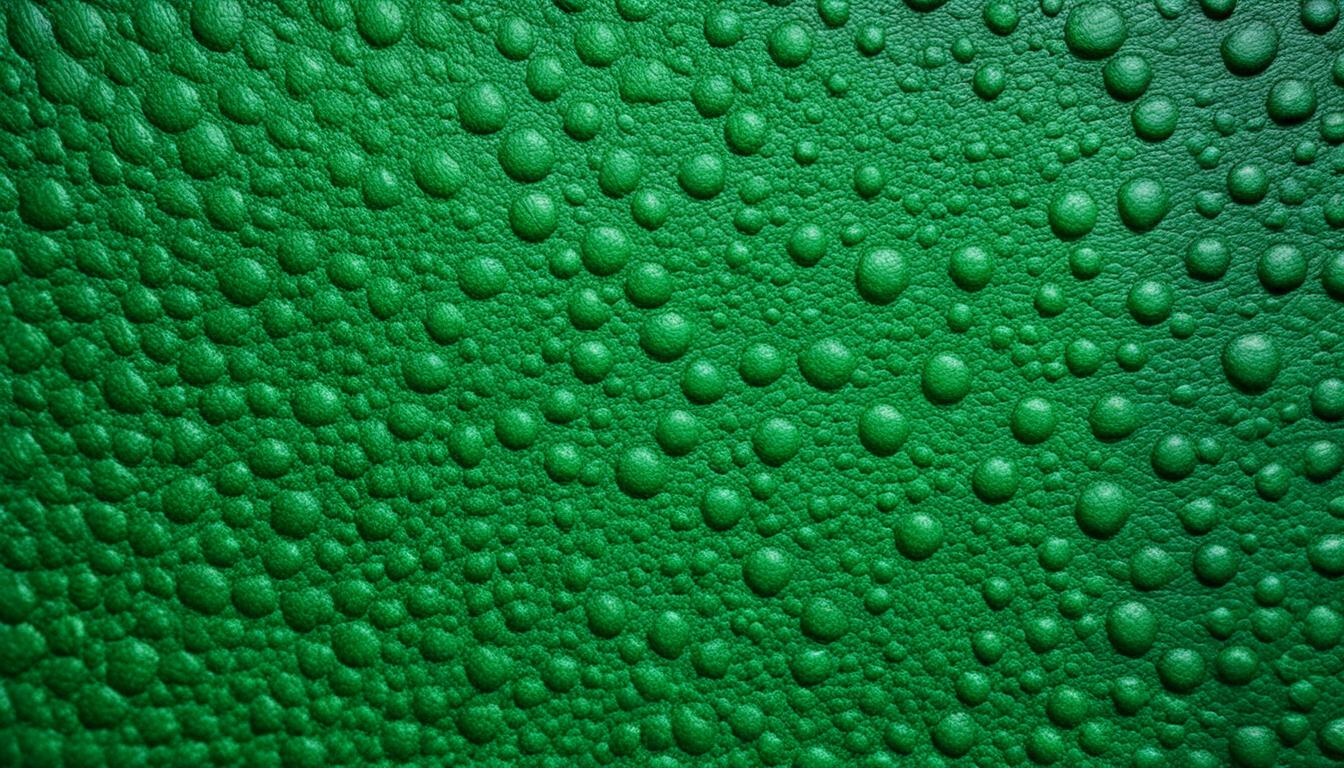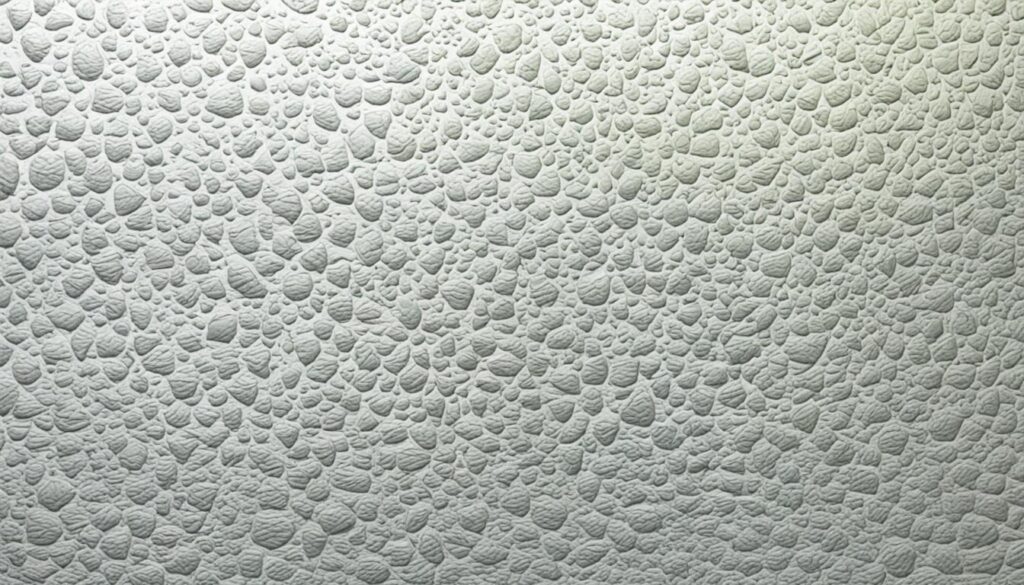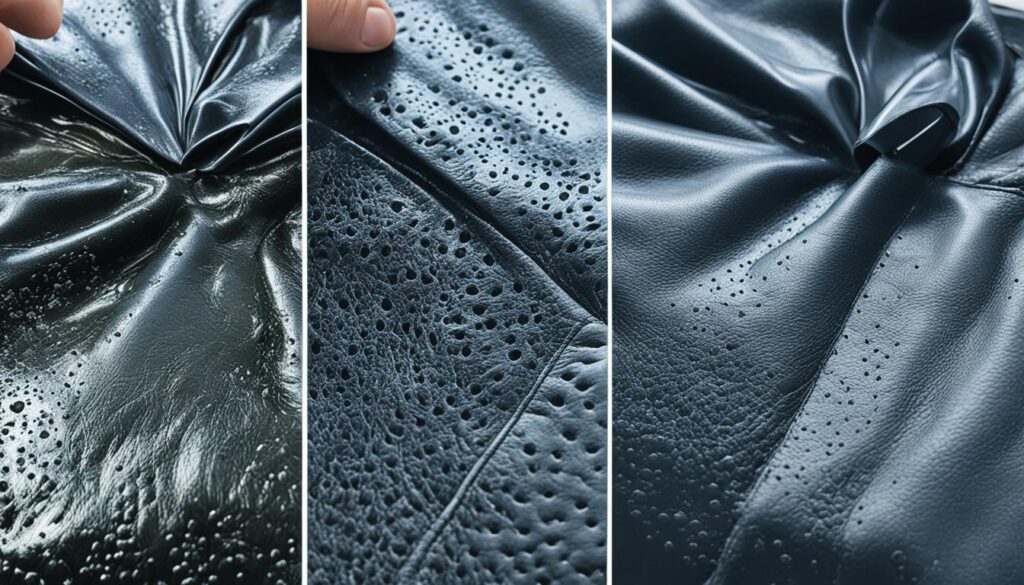
Exploring the World of Mold on leather: A Beginner’s Guide
Welcome to our comprehensive beginner’s guide that will introduce you to the fascinating world of mold on leather items. Whether you’re a leather jacket enthusiast, a vintage handbag lover, or a connoisseur of luxurious leather furniture, understanding how to tackle and prevent mold growth is essential for preserving the quality and longevity of your leather possessions.
Key Takeaways:
- Mold growth on leather can be prevented by addressing excessive humidity, poor ventilation, and moisture exposure.
- Effective removal techniques for mold on leather involve gentle cleaning methods and specialized mold removal solutions.
- Preserving leather and preventing future mold growth require proper storage and care, including maintaining ideal humidity levels and using leather conditioners.
Understanding the Causes of Mold Growth on Leather
When it comes to mold growth on leather items, there are several underlying causes that contribute to this common problem. By understanding these causes, you can take proactive measures to prevent mold growth, ensuring the longevity and quality of your cherished leather possessions.
Excessive humidity is one of the primary culprits behind mold growth on leather. When leather is exposed to high levels of moisture in the air, it creates the perfect breeding ground for mold spores to thrive. Poor ventilation exacerbates this issue, trapping moisture and preventing proper airflow that can help alleviate the problem.
Another significant cause of mold on leather is direct exposure to moisture. Whether it’s a spilled liquid or rainwater, even a small amount of moisture can seep into the leather, providing the ideal conditions for mold to grow and spread.
Improper storage conditions can also contribute to mold growth on leather items. Storing leather in damp or humid environments, such as basements or closets without adequate ventilation, increases the chances of mold colonization.
To visually explain the causes of mold growth on leather, refer to the following table:
| Cause | Description |
|---|---|
| Excessive Humidity | High moisture levels in the air create an ideal environment for mold spores to thrive. |
| Poor Ventilation | Lack of proper airflow traps moisture, promoting mold growth on leather. |
| Direct Exposure to Moisture | Even small amounts of liquid or rainwater can penetrate the leather, providing the necessary conditions for mold to develop. |
| Improper Storage Conditions | Storing leather in damp or humid environments without proper ventilation increases the risk of mold growth. |
By addressing these causes and implementing preventive measures, you can protect your leather items from mold growth and ensure their longevity. In the upcoming section, we will explore effective techniques for removing mold from leather, equipping you with the knowledge needed to tackle this issue effectively.

Effective Techniques for Removing Mold from Leather
When confronted with mold on leather, it’s crucial to approach the removal process with care to minimize damage. Mold growth not only poses a risk to the appearance of your leather items but also to their longevity. In this section, we will explore proven techniques and products for safely removing mold from various leather surfaces. By following these effective methods, you can effectively eliminate mold while preserving the integrity and appearance of your leather possessions.
Gentle Cleaning Methods

One of the first steps in removing mold from leather is to start with gentle cleaning methods. You can begin by using a soft, clean cloth or sponge to gently wipe away any visible mold spores on the surface. Be sure not to rub too vigorously, as this may spread the spores further or cause damage to the leather. If the mold has penetrated the leather, continue with the following techniques.
Specialized Mold Removal Solutions
For more stubborn mold stains on leather, specialized mold removal solutions can be highly effective. These solutions are designed specifically for tackling mold growth on various surfaces, including leather. Be sure to carefully read and follow the instructions provided with the product. Apply the solution to a clean cloth or sponge and gently blot the affected area, working in small sections. Take care not to oversaturate the leather, as excessive moisture can lead to further damage. Always test the solution on a small, inconspicuous area of the leather first to ensure it doesn’t cause discoloration or other undesired effects.
Professional Cleaning Services
In cases where mold has deeply penetrated the leather or the affected item holds significant value, it may be wise to seek the assistance of professional cleaning services. Professional leather cleaners have the expertise and specialized equipment to handle mold removal safely and effectively. They can assess the extent of the mold damage and apply appropriate techniques to restore your leather items to their former glory.
Remember, the key to successfully removing mold from leather is to act promptly and cautiously. By employing these techniques, you can rid your leather possessions of mold and prevent further damage. In the following section, we will focus on crucial steps for preserving leather and preventing future mold growth.
Preserving Leather and Preventing Future Mold Growth
Once you have successfully removed mold from your leather items, it is crucial to implement preventive measures to ensure that it does not return. By taking the right steps, you can effectively preserve your leather goods and safeguard them against future mold growth.
Proper storage and regular care are key to maintaining the quality of your leather possessions. Store leather items in a cool, dry place with adequate ventilation. Avoid exposing them to excessive humidity or direct sunlight, as both can contribute to mold growth. Additionally, consider using leather protectants or covers to shield them from dust and moisture.
Maintaining ideal humidity levels is essential for preventing mold on leather. Use a dehumidifier or humidity monitor to keep humidity between 40% and 50% in your storage area. This will create an environment that discourages mold growth. If you live in a particularly humid climate, using moisture-absorbing products, such as silica gel packets or activated charcoal, can further help in preventing mold growth.
Regularly clean and condition your leather items to keep them in optimal condition. Use a specialized leather cleaner and conditioner to remove dirt, oils, and sweat from the surface. Conditioning will also help to moisturize and nourish the leather, making it less susceptible to mold. Be sure to follow the manufacturer’s instructions and test any products on a small, inconspicuous area before applying them to the entire item.




